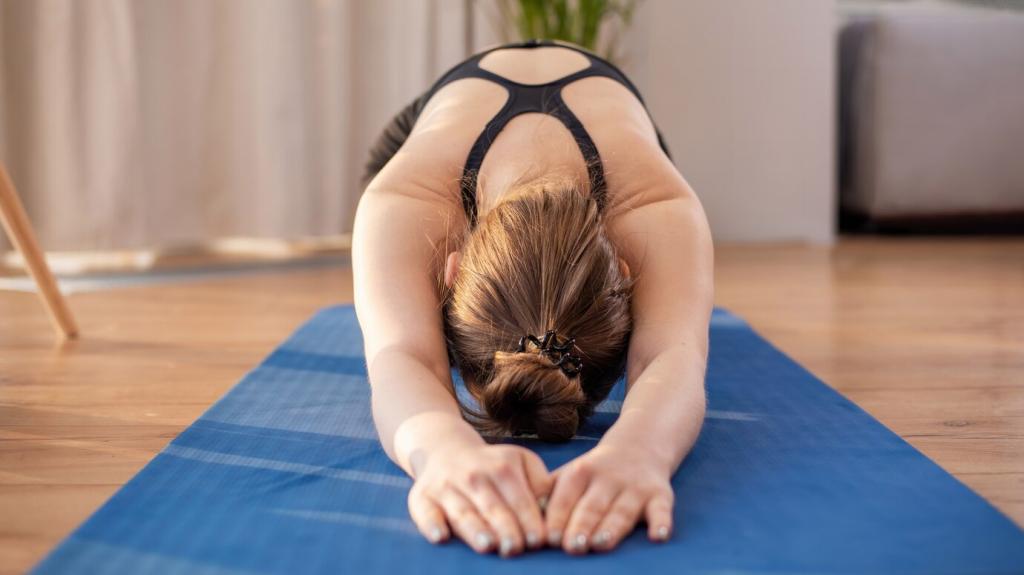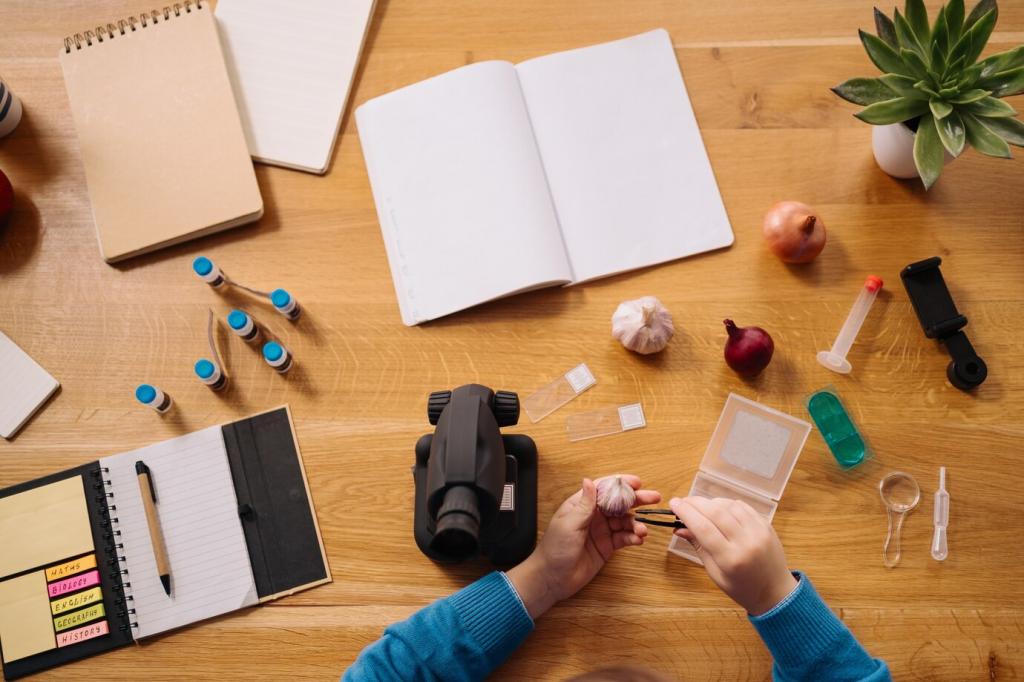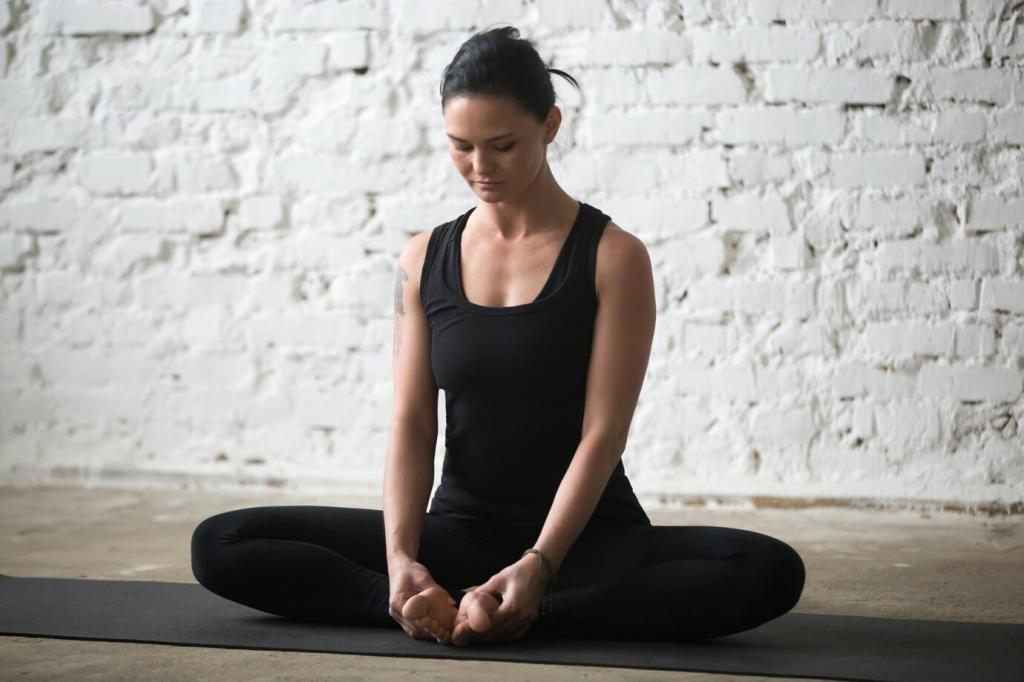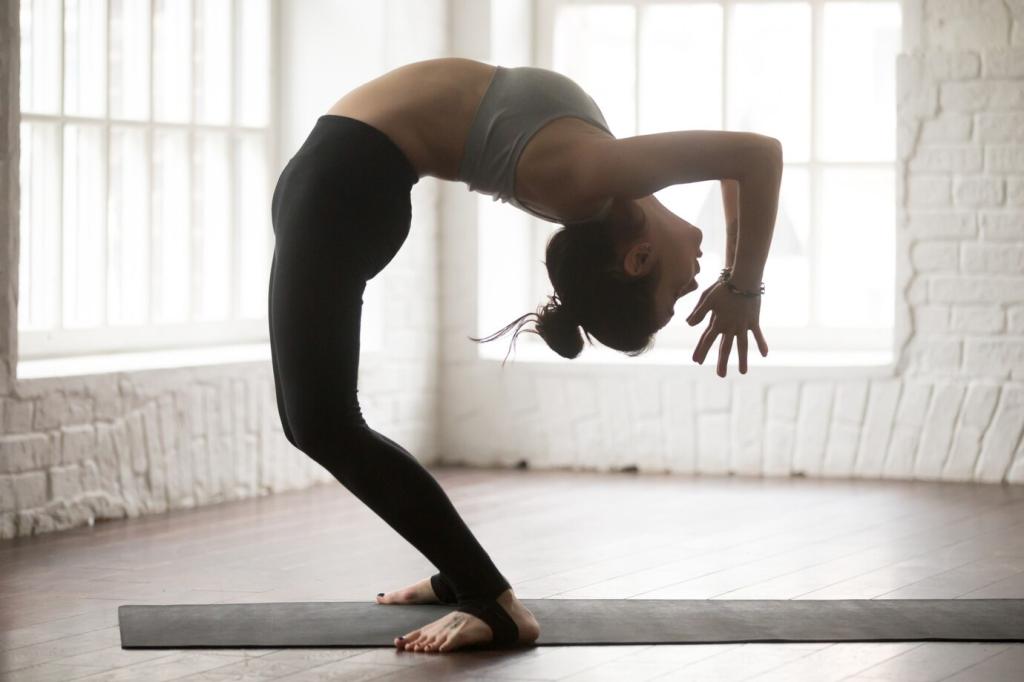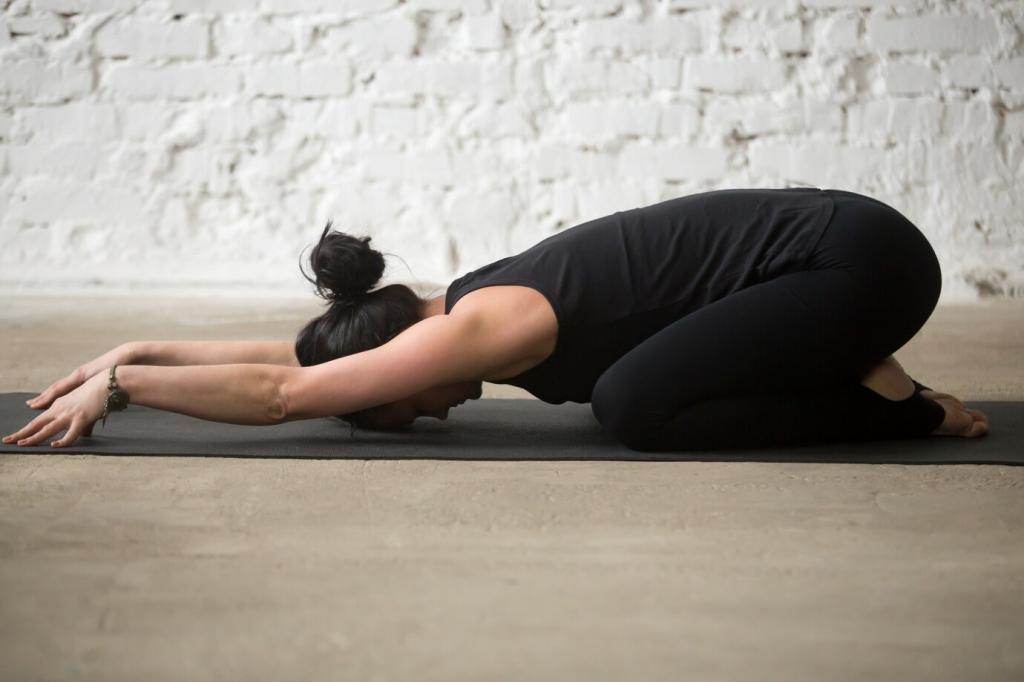Build the Habit, Keep the Joy
On busy days, unroll your mat and breathe for two minutes. That’s it. Most days you’ll continue longer, but the tiny commitment keeps identity and momentum alive. Check in below with your two-minute win; celebrate the small, because it becomes the stable.
Build the Habit, Keep the Joy
Keep your mat visible, blocks within reach, and a playlist ready. Visual cues reduce friction and invite action. Schedule sessions like appointments you respect. If you try this for a week, report back with one tweak that made practice easier to start.

